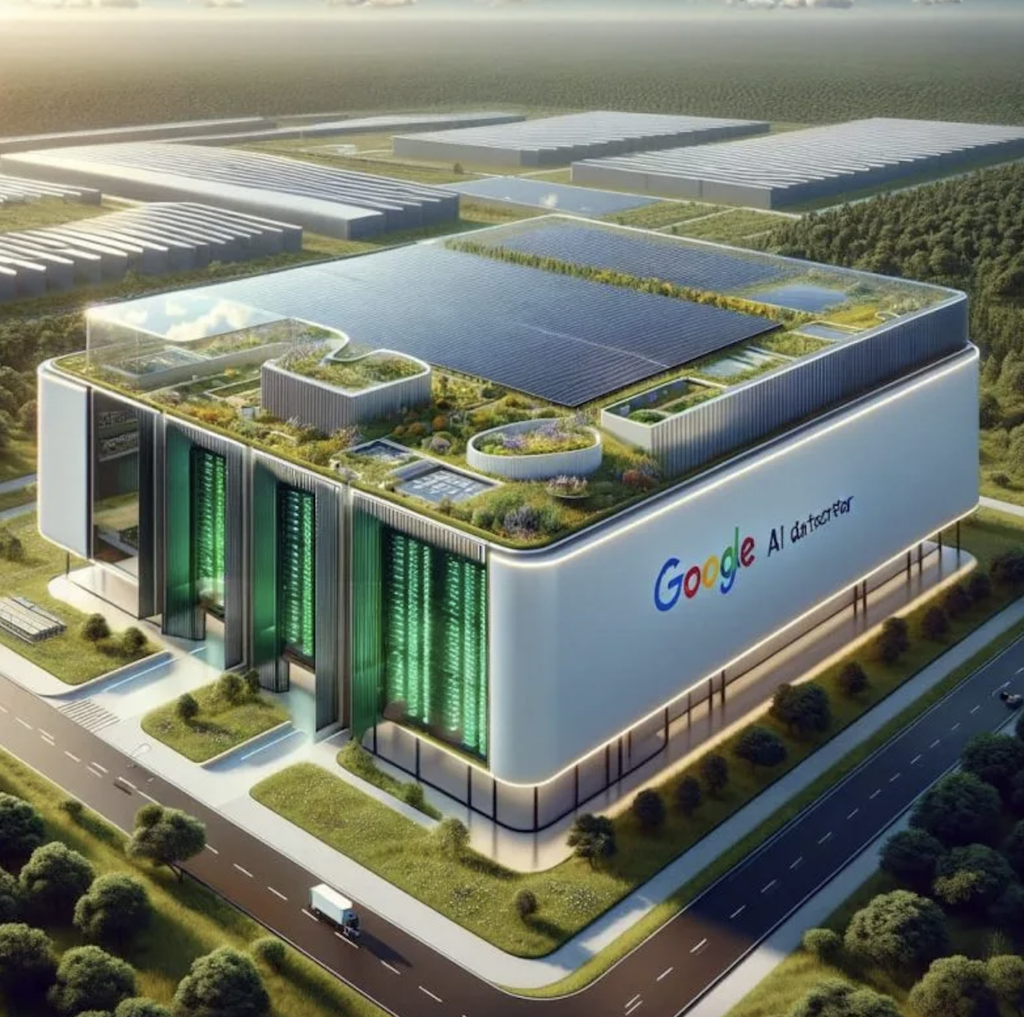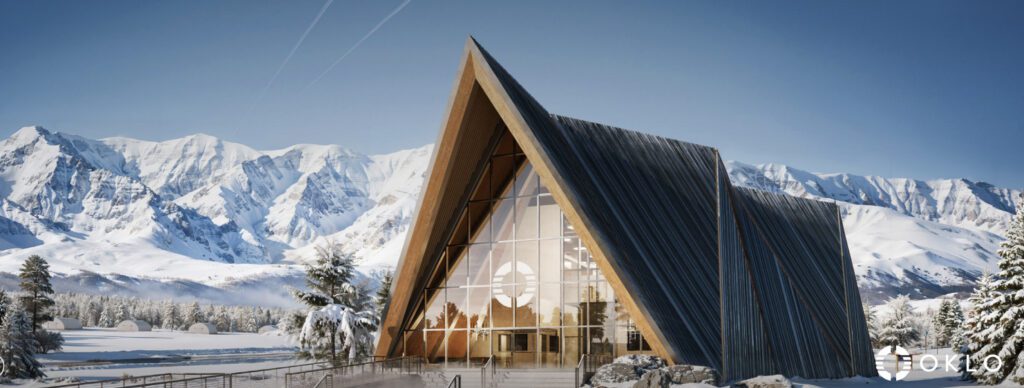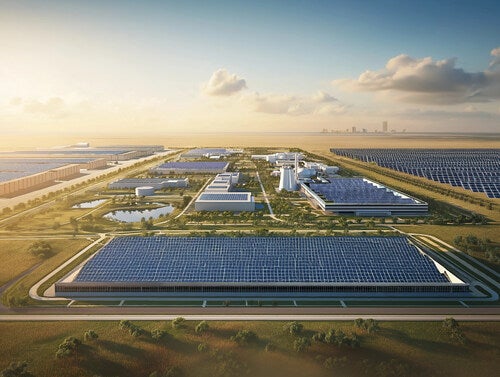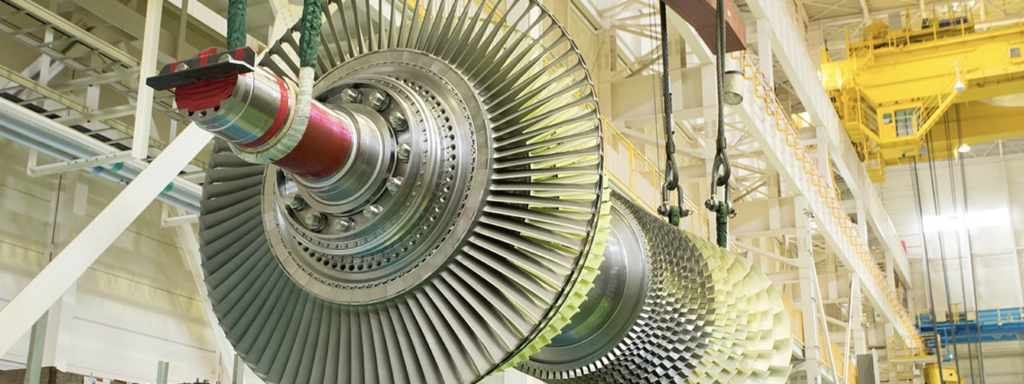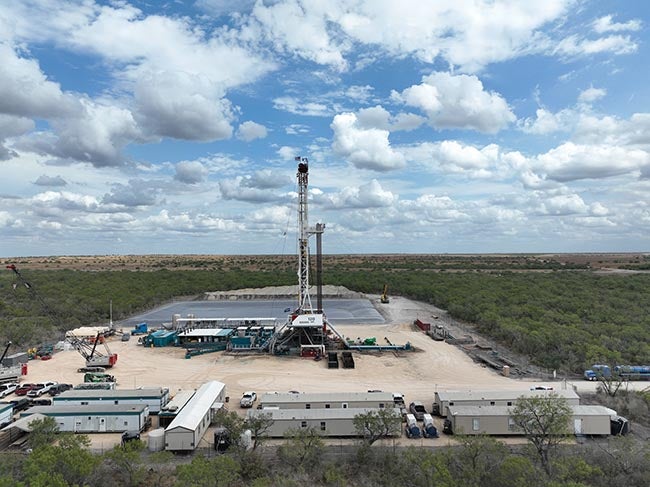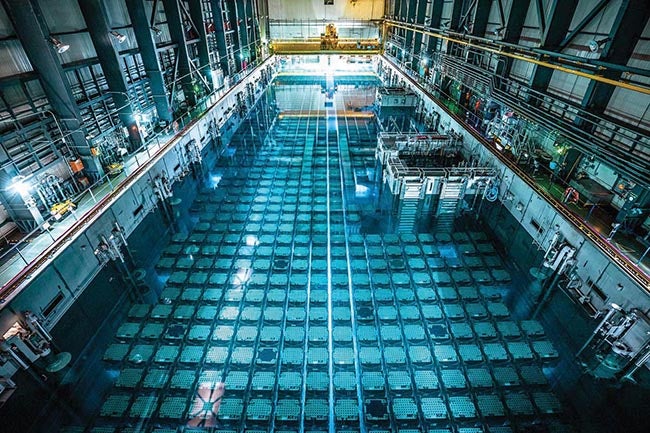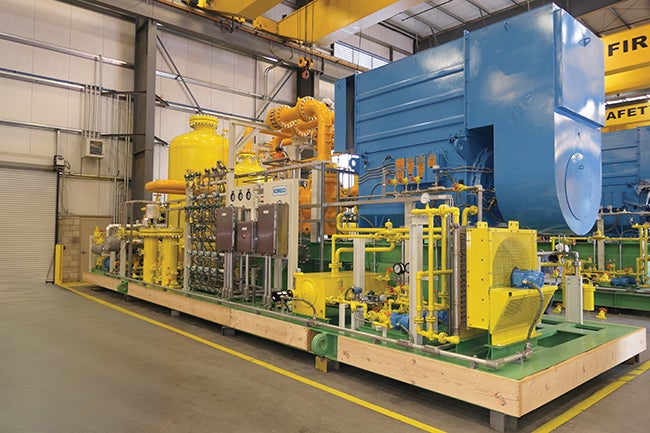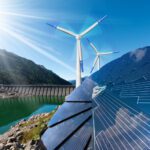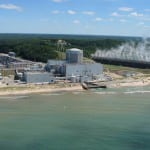The deciding factor in the artificial intelligence (AI) race may come down to our ability to provide new data centers what they need most: massive amounts of constantly available electricity. In the U.S., data centers and their need to accommodate AI account for about half the projected growth of electricity demand through 2030. But the U.S. will lose the AI race if we lose the race to deliver reliable power, and nuclear energy is a deciding factor in this equation.
COMMENTARY
Rapid expansion of our already successful nuclear energy sector will enable us to supply the rising demand for AI and remain competitive in this strategic industry. Expanding U.S. nuclear capacity will also strengthen our energy security and help establish energy dominance, a major goal of this administration.
Several of the big tech firms that are household names have announced partnerships to secure existing or new nuclear capacity, because nuclear energy supplies the constant, reliable power that data centers require. Renewables like solar and wind just can’t. These renewables require backup energy sources for when the sun doesn’t shine or the wind doesn’t blow, and they need batteries to help stabilize the grid, all at a higher cost for power and higher overall emissions than nuclear.
The U.S.—with 94 operating reactors—has more nuclear power plants than any other country in the world. Nuclear energy has demonstrated its value many times over. But we need to build more reactors, and we need to do that faster than we have in the past.
We have great technology—large gigawatt-scale plants, advanced small modular reactors (SMRs), advanced fuel, and state-of-the-art research facilities and talent in our national laboratories. When the same team builds a series of reactors of the same type, the per-unit costs become constant, predictable, and cost-competitive with other sources.
Some worry about China being the leader in generating clean energy, through its dominance in renewables. It’s true that China has invested heavily in processing rare earth elements, and it controls supplies for these critical resources needed for building renewable technology such as solar panels and wind turbines.
But tech companies’ top concern is not how their electricity is generated—they just want it to be 100% reliable and affordable. Experience is showing us that wind, solar, and battery technologies are less important in the overall scheme, and the key consideration is producing reliable electricity 24/7. The U.S. can leapfrog China by focusing on nuclear—a better, more reliable way of generating energy to power data centers and a whole lot more.
China has also recognized the importance of nuclear and recently greenlighted 12 GW of new nuclear capacity. So, the U.S. needs to start building too—to ensure we have proven nuclear designs available for the domestic market and for export.
Building nuclear plants domestically is critical to exporting our technology to other countries. International customers will want to “kick the tires” on our technology before signing orders. Another reason to get going.
The U.S. supported the goal, first announced at COP28 in 2023, to triple nuclear capacity by 2050. For us, this means 200 GW of additional nuclear capacity. In other words, moving forward with around 10 GW of new capacity each year for the next two decades.
There are several SMR projects underway, but we need more. Much more. We also need to leverage the valuable experience gained in building Vogtle 3 and 4 and build more of the same design, the Westinghouse AP1000.
We need tools so that we can finance projects as well. The Department of Energy’s Loan Programs Office (LPO) has been a vital enabler of new projects, and it is important to retain such government support to encourage private investment in building new plants. We also must invest in the necessary capabilities across the whole fuel cycle, including uranium enrichment and advanced fuel manufacture, to support the growth we expect.
Finally, we need to remember that the U.S. nuclear industry workforce is graying, and we need to attract the next generation of workers. But the brightest and best talent will inevitably be looking for an industry secure in its role supporting our country’s energy future.
Winning the AI race—and ensuring American competitiveness—depends on access to reliable, affordable, and scalable energy. Energy is the lifeblood of the economy, especially in the high-tech age we now live in, and nuclear energy is the way to a more prosperous future for the United States.
—Seth Grae is chair of the International Council of the American Nuclear Society and CEO of Lightbridge Corp., a developer of advanced nuclear fuels.


